Persona 3 Reload made me realize what a personal experience the original release provided. It’s funny, what a difference nearly 18 years can make, and how little that amount of time changes the ingredients that make up a great interactive experience.
When Shin Megami Tensei: Persona 3 arrived in North America in late 2006, building on fresh brand recognition produced by Shin Megami Tensei: Nocturne, it offered a compelling RPG experience like none I had ever experienced. I was utterly enthralled. While playing the revitalized remake, I felt the familiar magic at work once again. The reasons for my enchantment had changed sometimes, as had the game’s finer details and presentation. Mostly, those differences make Persona 3 Reload the definitive edition of an already very good game.
The exceptions to that happy rule warrant a special mention, so let’s get that out of the way. Persona 3 has seen multiple enhanced releases over the years, in Persona 3 FES (also released on the PS2) and Persona 3 Portable. Both newer releases featured expanded content. Persona 3 Portable even lets players enjoy the campaign as a female protagonist.
Unfortunately, that expanded content is absent from the Persona 3 Reload package. Some of it should appear later in DLC, but it’s not included from the start. That omission feels like a missed opportunity. It didn’t bother me much because there’s still a ton of stuff to see and do. I spent 90 enjoyable hours with the campaign as is. I am thoroughly content, but I can sympathize with anyone who feels slighted.
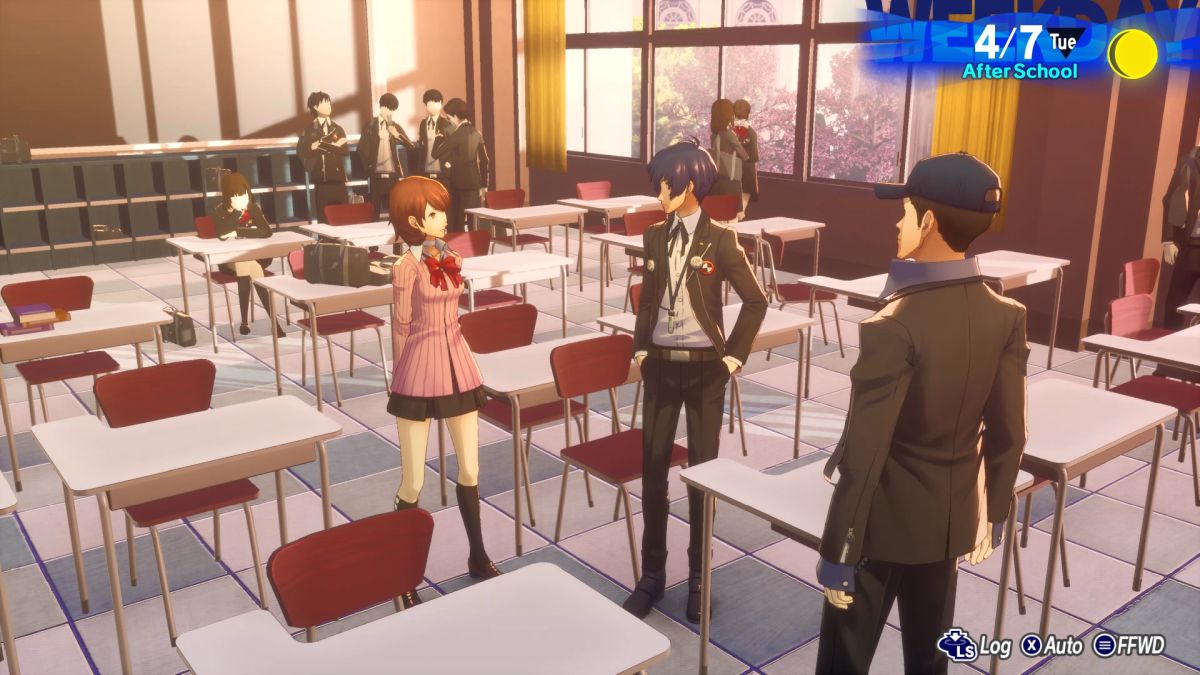
Character to remember
When I played the original version of Persona 3 ahead of release, I hadn’t yet watched a lot of anime. There was a limit to how much stuff was readily available in the Pacific Northwest, let alone affordable. My lack of familiarity with the various tropes — which since then have become well-established — meant some of the plot beats felt fresher to me. I didn’t realize how much the game feels like a season of anime, right down to a hot springs episode.
I’ve broadened my horizons since then, as have most of us. And although familiarity with those classic ideas prevents them from feeling as new to me as they once did, the new presentation makes up for it. There’s a lot of spoken dialogue this time around, capably voiced without many of the sour notes that plague other large productions. The actors really commit to their roles. I found Junpei coming to life as he never had before while I followed his emotional journey. I didn’t like him as much this time around as I did in my mid-20s, but that’s hardly a mark against the game. And I had a similar experience with other principal and even secondary characters. Here, they feel more complete.

Getting social
As always, a big part of the Persona 3 experience is the “Social Links” mechanic. Introduced near the very start of the game, this feature encourages you to interact with secondary characters such as a track team captain, a grumpy monk, a sickly young man, and others. They’ll never join your combat party, but that doesn’t mean you’re safe ignoring them. Developing a deep relationship grants access to important skills and even monster fusions.
You typically are free to spend time with whoever you like during a day’s afternoon and evening blocks, provided their schedule meshes with your own. Characters are usually available to meet during certain times of the day — and on certain days of the week. They’ll even call you to suggest a meeting, making it easy to keep track of who might be available at that time.
The smart play is to keep a calendar somewhere, so you have a better idea of where you can spend your time most effectively. Deadlines loom. You might not get to see how one person’s story ends if you waste too much time working at the coffee house (as I did) or participating in more dungeon raids than necessary.
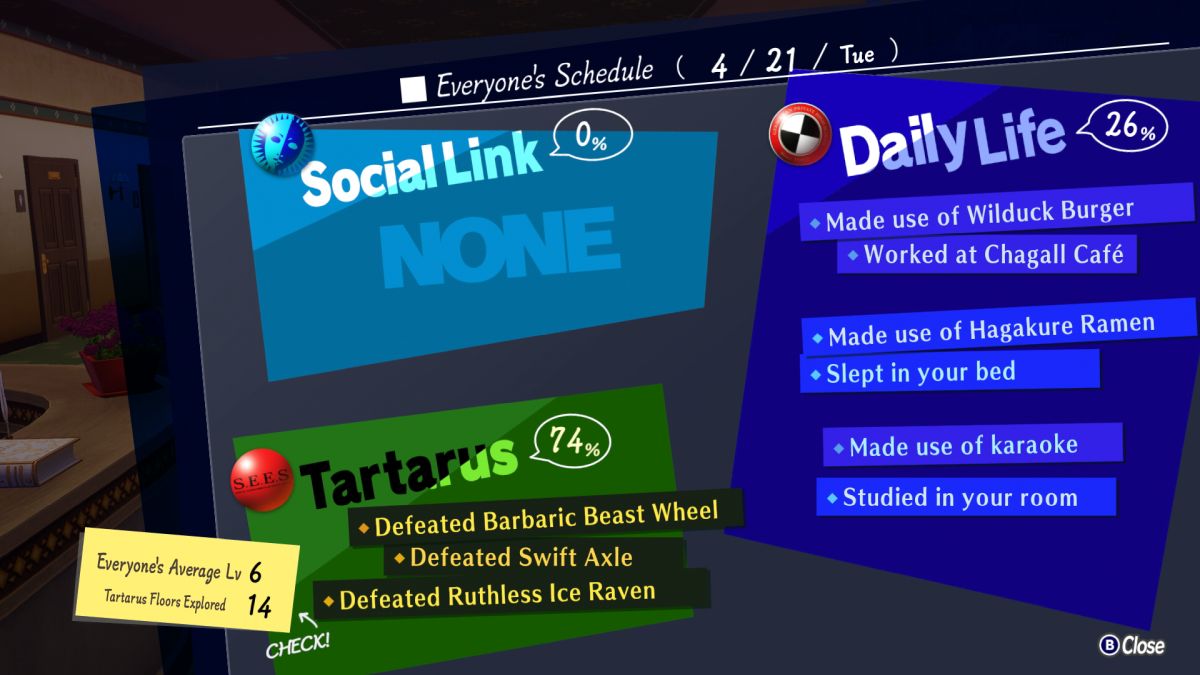
Feel like a tool
Fortunately, there are handy tools available to help you use your time more effectively, so you have a better chance of maxing out your various bonds. You now have the option to “Rewind” events a short distance. For instance, if you give a friend a tough talk and it turns out they’re not ready for blistering honesty, you can try again and choose a gentler response.
Although Persona 3 is a single-player experience, it has an optional social aspect besides the social links. When you connect to the network upon first loading the game, you can see a report on your activities on a particular day and compare it to what other players are doing with their time. Maybe if I had paid more attention to that feature a little earlier in my sessions, I would have prioritized a few things differently and had an easier time getting to know all the NPCs without butting up against deadlines.
But that’s life, really, and Persona 3 Reload does a commendable job of simulating the social existence. The stress and the risk of loss only highlight the game’s timeless themes (such as mortality and the value of a life well lived). Some of those important themes resonated with me now in ways they simply couldn’t two decades ago. It’s to the game’s credit that its design works on multiple levels.
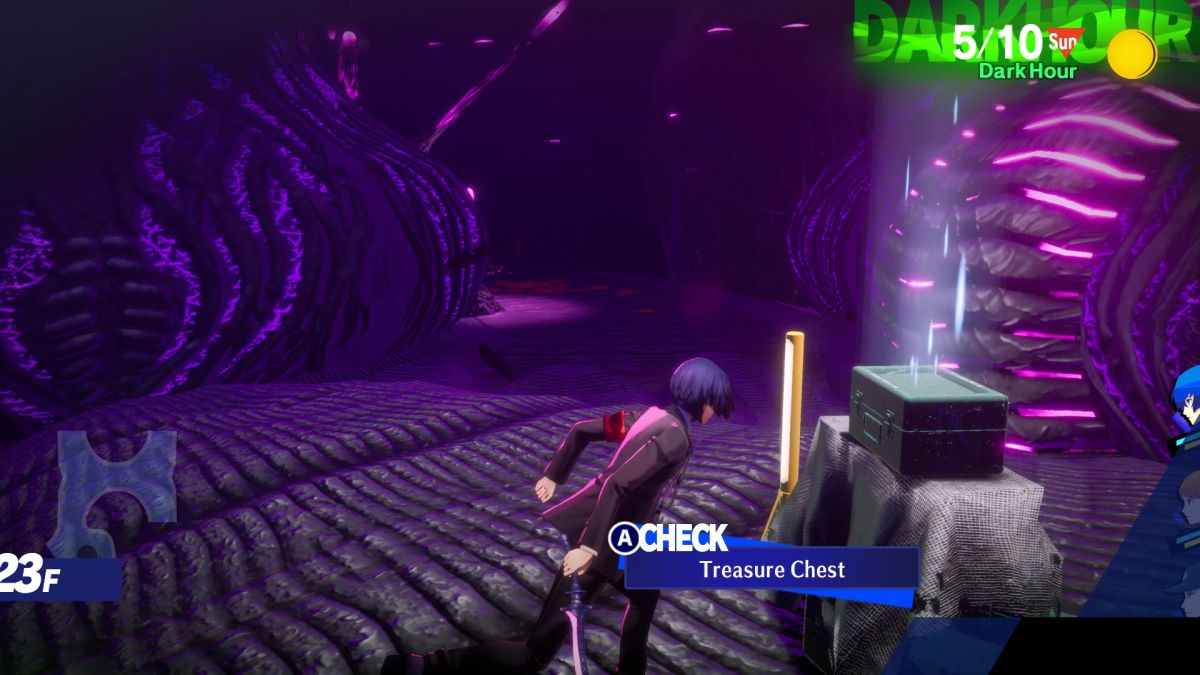
Crawling in dungeons
When I think back to Persona 3 as I remembered it, two things come to mind most readily: the social interactions and the dungeon crawling. A central point of the plot is that a handful of gifted youths must scale a towering structure that only appears in the ‘Dark Hour’ most of us will never see. The higher they climb, the more they come to understand about that nightly event, themselves, and the terrible end that might await everyone if they don’t put on their hero shoes.
There are dozens upon dozens of floors to see, and they’re procedurally generated each night you visit the tower, which is known as Tartarus. Because the floor layouts aren’t constant, they also tend not to be especially interesting. For me, they sort of blur together. This was always a problem with the game’s design, but it’s one that the new game addresses by offering convenience features and even destructible pedestals you can break for treasure. For someone like me, the pedestals work brilliantly. I ran around, smashing everything, and I rarely left a floor until I had explored it completely. I would reach the staircase to the next level and check my map to make sure I missed nothing.
Exploration of optional areas in dungeons has expanded from what I remember the first time around, as well. Various events come up periodically to add interest, including special rare enemies that offer hefty rewards once you defeat them. No two runs are likely to be quite the same.
One particularly important change is that it’s now easy to roam to your heart’s content, without having to worry that your characters will become fatigued and need to leave before you’re finished exploring. I sometimes played around in Tartarus for the better part of two hours on a single visit, which made it easier to increase character levels, gather loot, and fuse additional monsters. The gentler restrictions left me with more time to explore social links between scripted events.
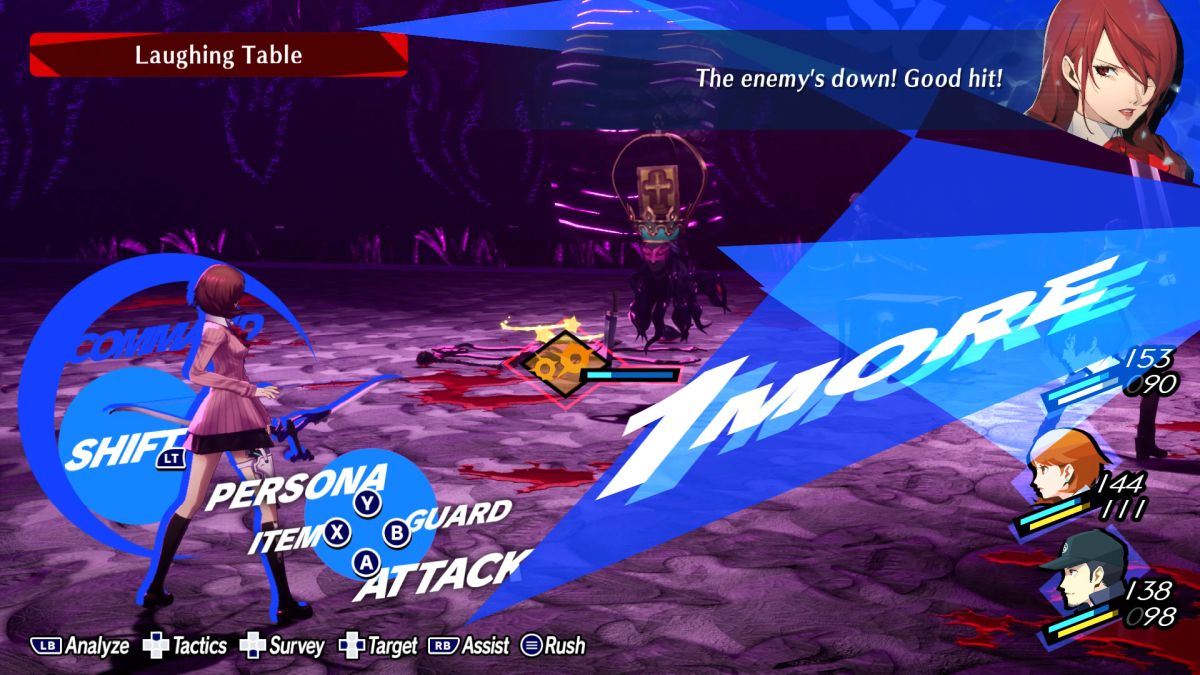
The monster mash
Improvements to the dungeon crawling extend to the combat itself. You’ll still meet a lot of the same monsters, just with different names, color palettes, and elemental attributes to consider as you ascend to the tower’s higher floors. However, battle need not be monotonous, thanks to a couple of neat tweaks.
The first tweak is the Shift mechanic. When a party member hits a monster’s weakness, that monster becomes stunned and the player can go again. It’s possible to keep hitting enemy weaknesses to disable an entire enemy squad. Then your team can trigger an All-Out attack. Any party members without status ailments can then gang up on the enemy for big rewards. This was true even in the original version of the game. The difference is that now you can ‘Shift’ between party members to more thoroughly exploit enemy weaknesses. It’s unlikely a single party member can hit every weakness that might affect an enemy group. Instead of making the follow-up move, they can hand it off to someone better equipped. This twist might seem minor, but it can make a big difference in how you strategize.
Theurgy abilities are a second worthwhile tweak. Think of them as uber-abilities you can only execute once you fill a meter. The various abilities generate energy differently, such as an action taken in battle. Once a meter fills, you can execute a powerful, character-specific move. Typically, this means you launch an attack that ignores elemental weaknesses. Smart players can stockpile their various Theurgy abilities and roll them out in concert to turn the tide of an arduous battle in a single turn. More powerful Theurgy abilities materialize throughout the campaign once you get to know the various characters by participating in events that occur between everything else.
Regular combat can get tiresome, but I find the flow less tedious now than it once was, thanks to the Shift ability and the Theurgies. Rewards for making the most of your resources in combat are also more generous, and I produced them much more frequently. Shuffle Time events at the end of an effective battle allow you to snag one or more cards that offer substantial benefits you can use well after your Tartarus run ends. In nearly all aspects, the game is more generous with the rewards, so that the grind doesn’t feel as severe.
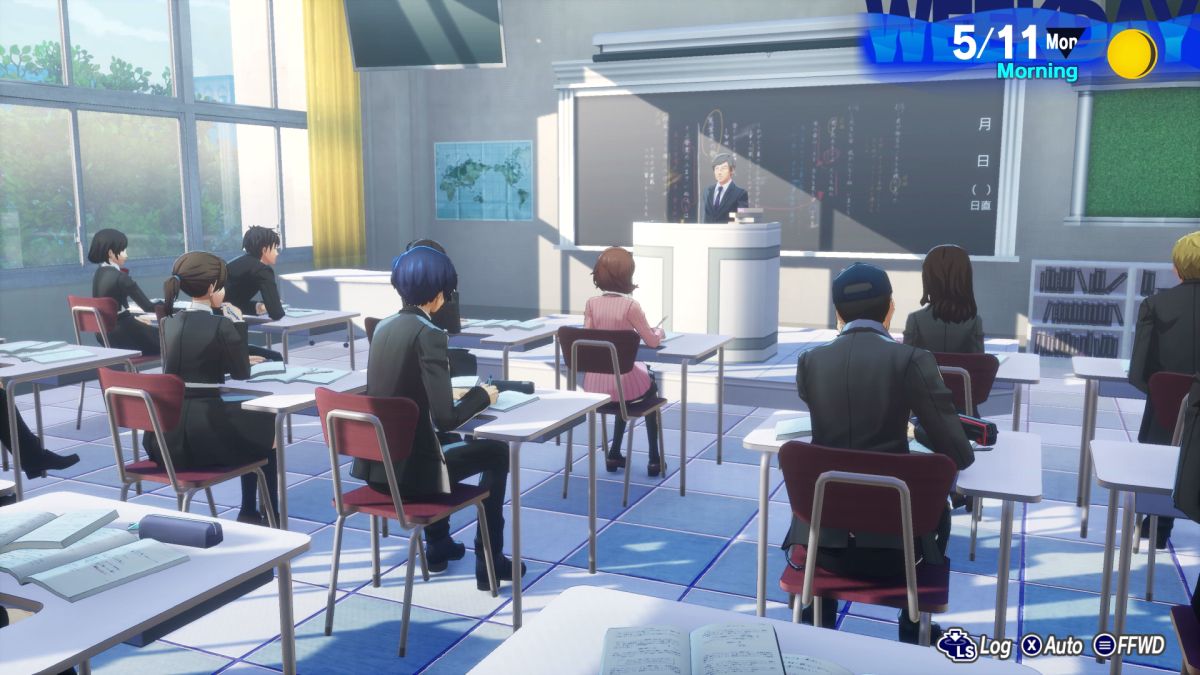
Looking good
Games are a lot prettier now than they were 16 years ago, many of them. Persona 3 Reload isn’t likely to shock anyone with how nice it looks in 2024, but I appreciated the many improvements across the board. The lighting is great, with shadows moving realistically and environments feeling more dynamic. I would notice reflections in glass in various backgrounds, which add detail to familiar environments like classrooms and the various area hubs. When we play remade versions of games we loved years before, it’s easy to remember the old games looking better than they actually did. To me, Persona 3 Reload now looks like the version of Persona 3 that existed in my mind as I played the original. The difference is that now it actually appears on-screen, rather than simply occupying my imagination.
Redrawn character portraits feature more detail and more realistic proportions. As you roam dungeons, the heroes resemble the ones featured in a more recent game such as Persona 5. You can equip various costumes for them to wear, and see your choice reflected both in battle and in conversations and such that occur elsewhere. There are a lot of little touches along those lines, with old and new elements blending naturally. Even the persona portraits (as well as their presentation during battle) have improved. Some of the original animated story sequences feel less refined now than they once did, but that disparity only highlights how much the game’s presentation has improved overall.
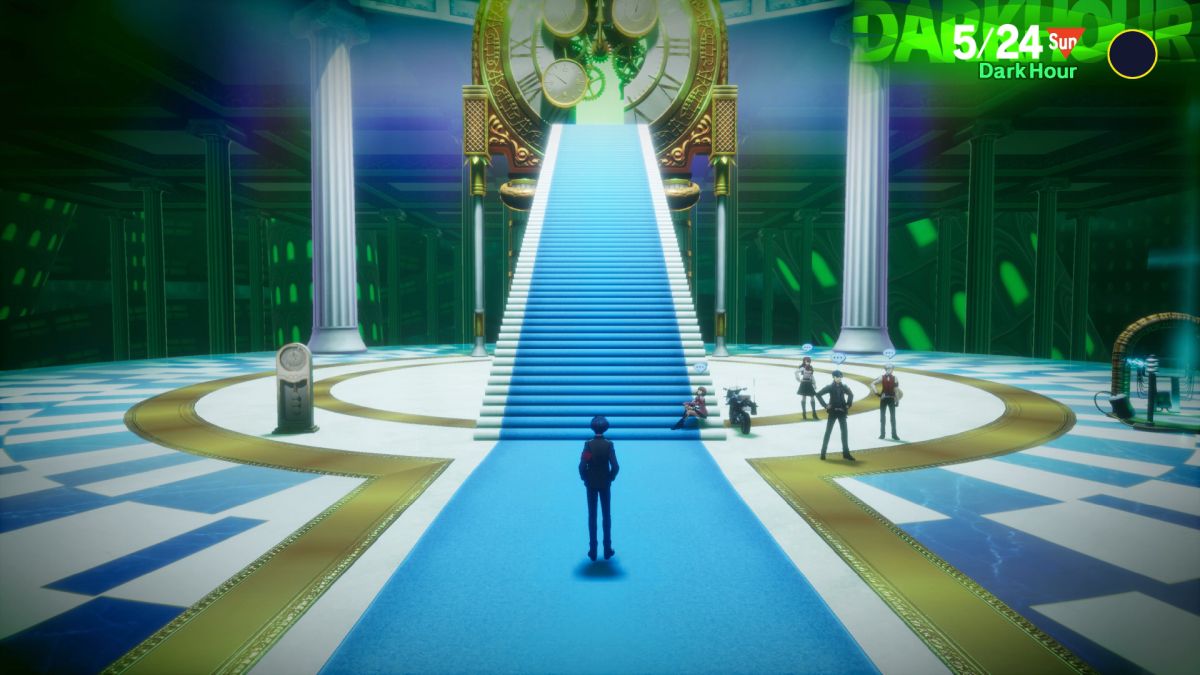
A bittersweet end
Persona 3 always benefitted from the ability to surprise players with the various twists it offered along the way. Its core ideas, once thrilling, have had time to become less remarkable. However, I’m happy to report that the developers went back to a very strong foundation and improved on it in all the right ways. Combat is faster-paced and offers greater rewards. Exploration is less of a slog. The characters are more vividly drawn than ever, figuratively and literally. There’s a level of polish here that creeps up on a person until they take it for granted, which is what I like when I’m enjoying a remake.
If you’re like me and you first played the original version of Persona 3 years ago, there’s a lot about the experience you might have forgotten and will now find enjoyable all over again. And if you just never got around to it the first time around, there’s never been a better time to dive into one of the meatiest and most enjoyable RPGs of the PlayStation 2 era, now with additional benefits. I may have already spent 90 hours with Persona 3 Reload, but that hasn’t stopped me from starting a second run to experience those last few things I carelessly missed along the way. If you try the game for yourself, don’t be surprised if you don’t want it to end, either.

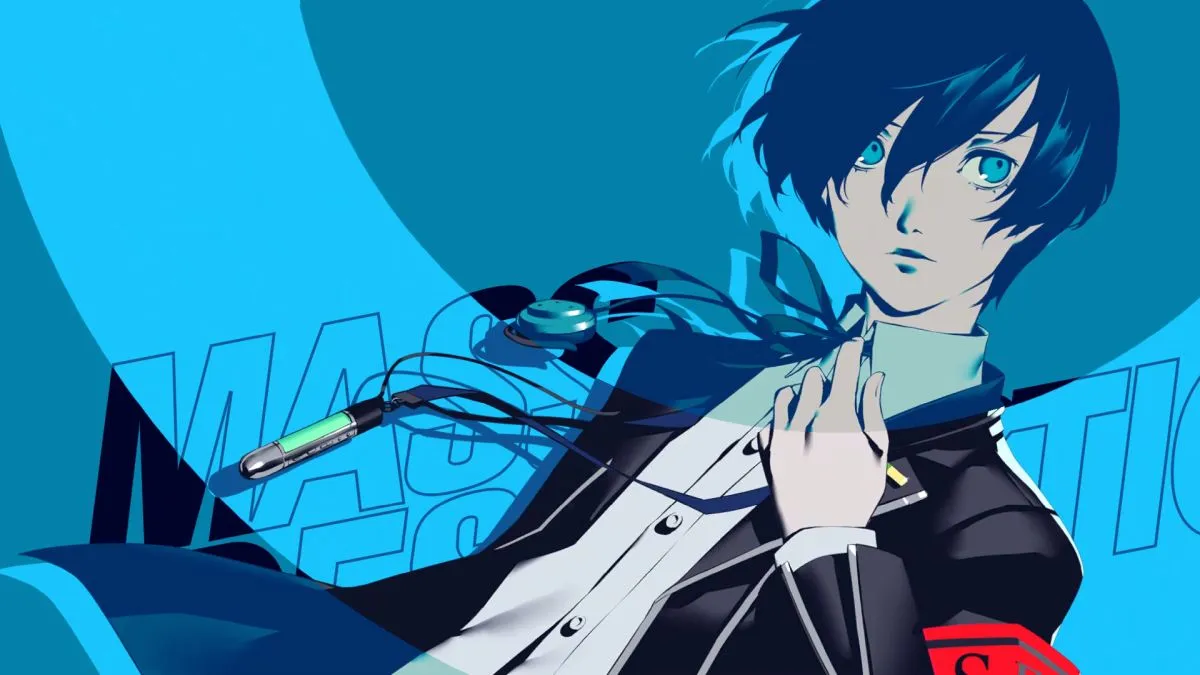




Published: Feb 14, 2024 05:35 pm